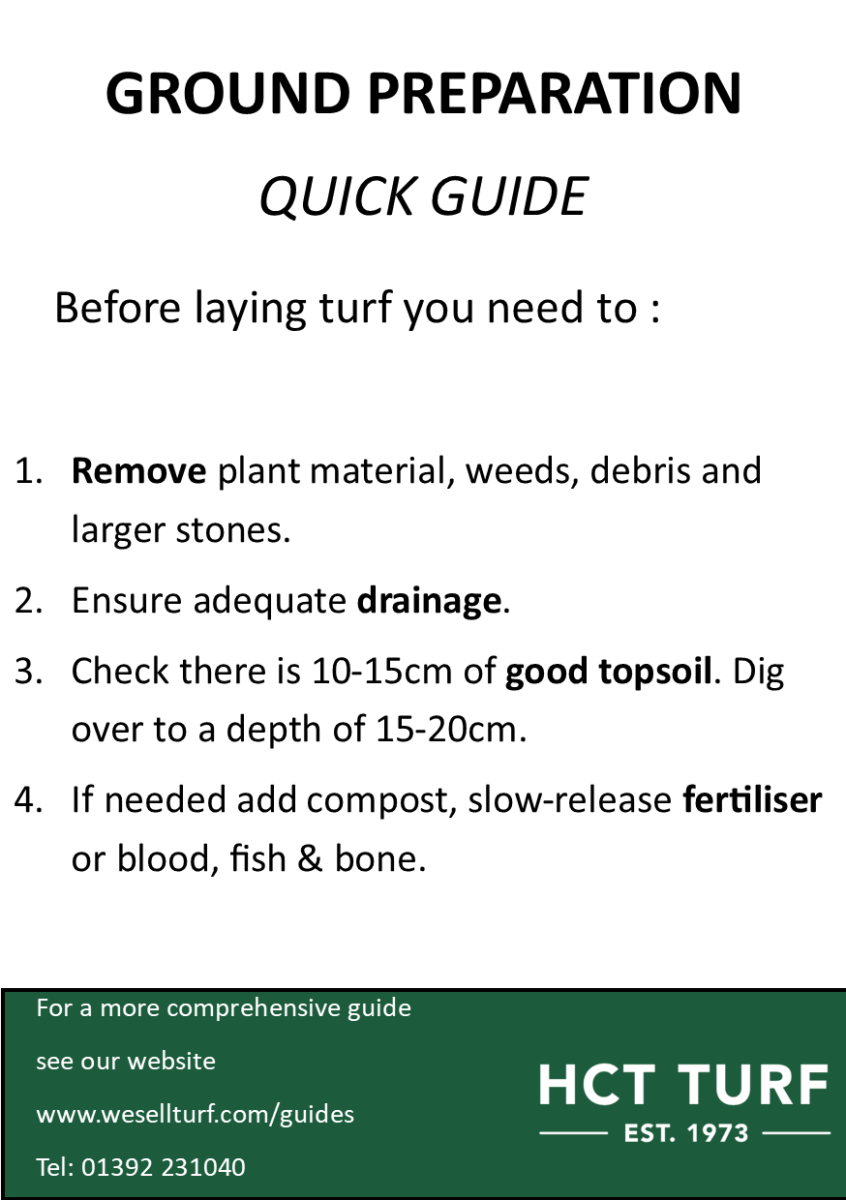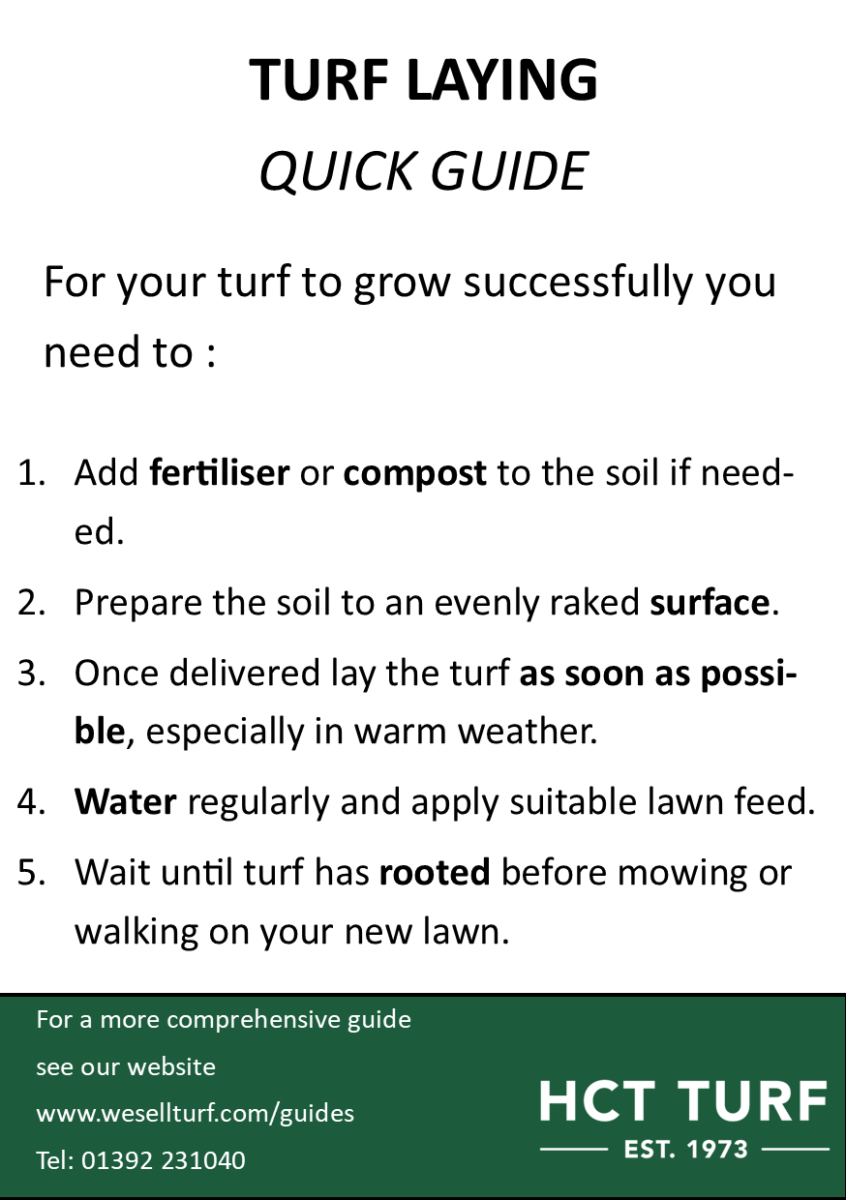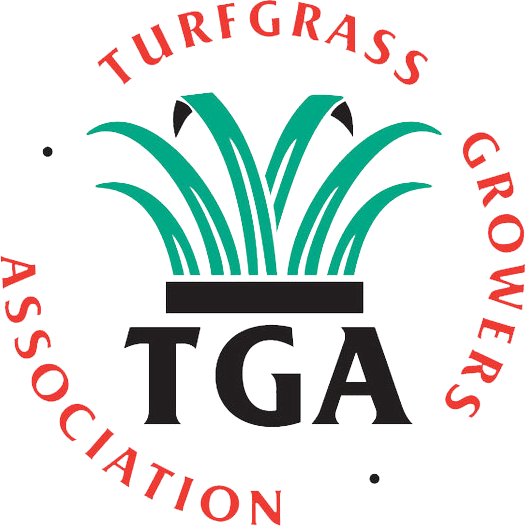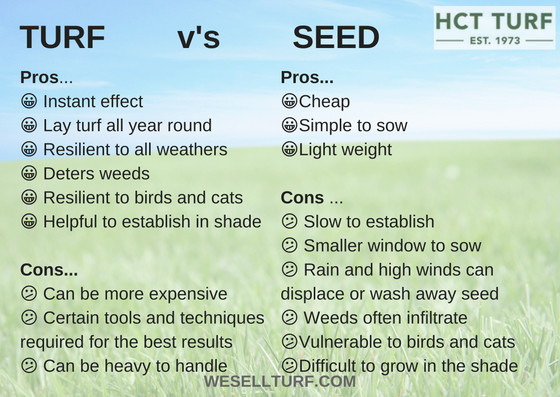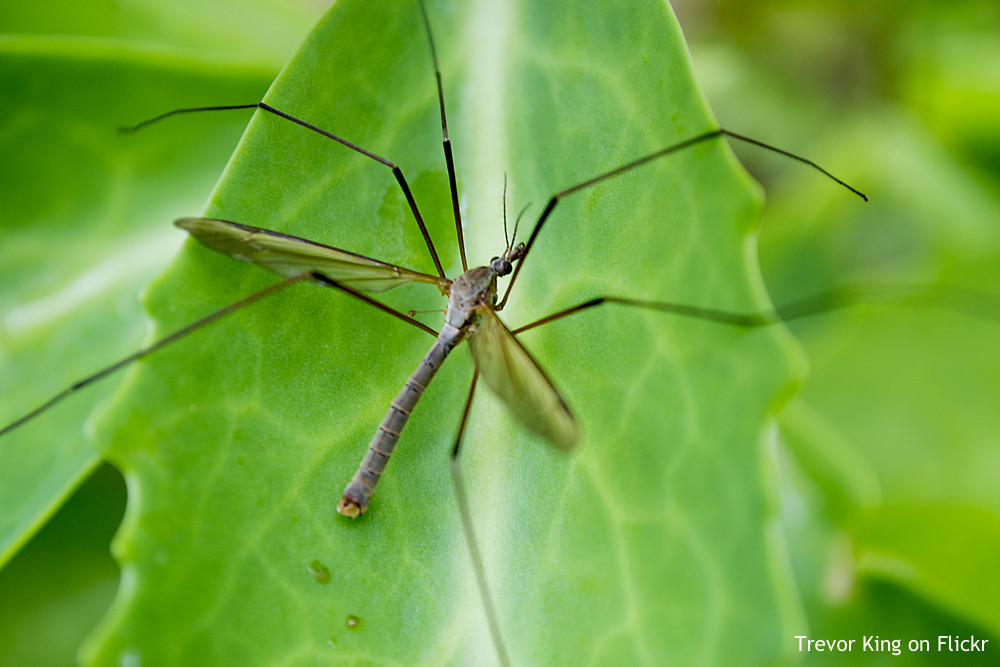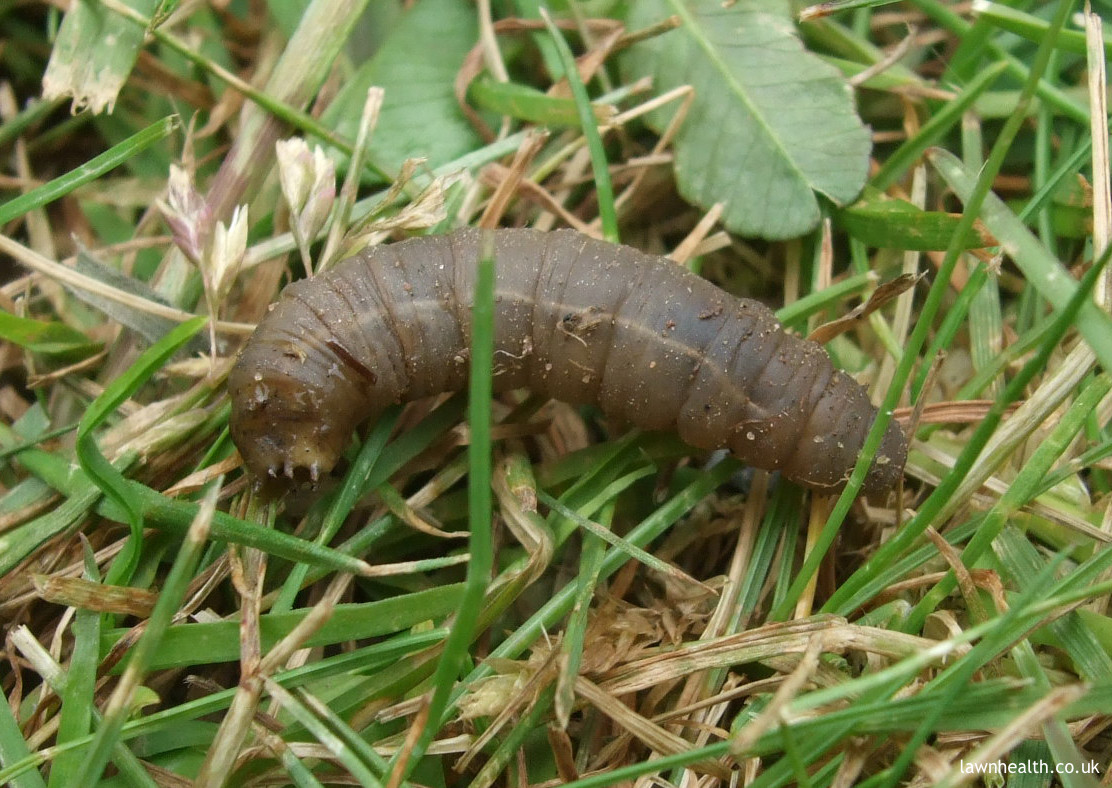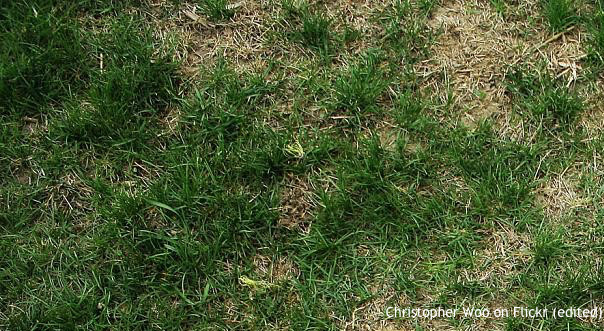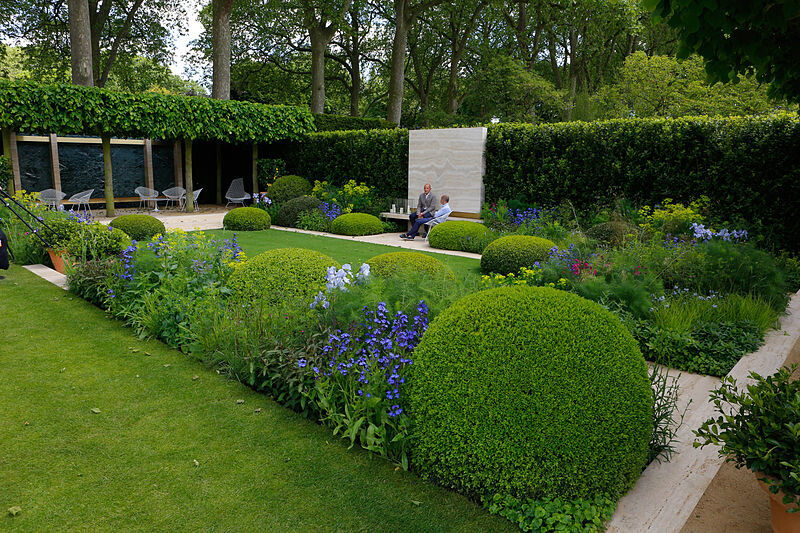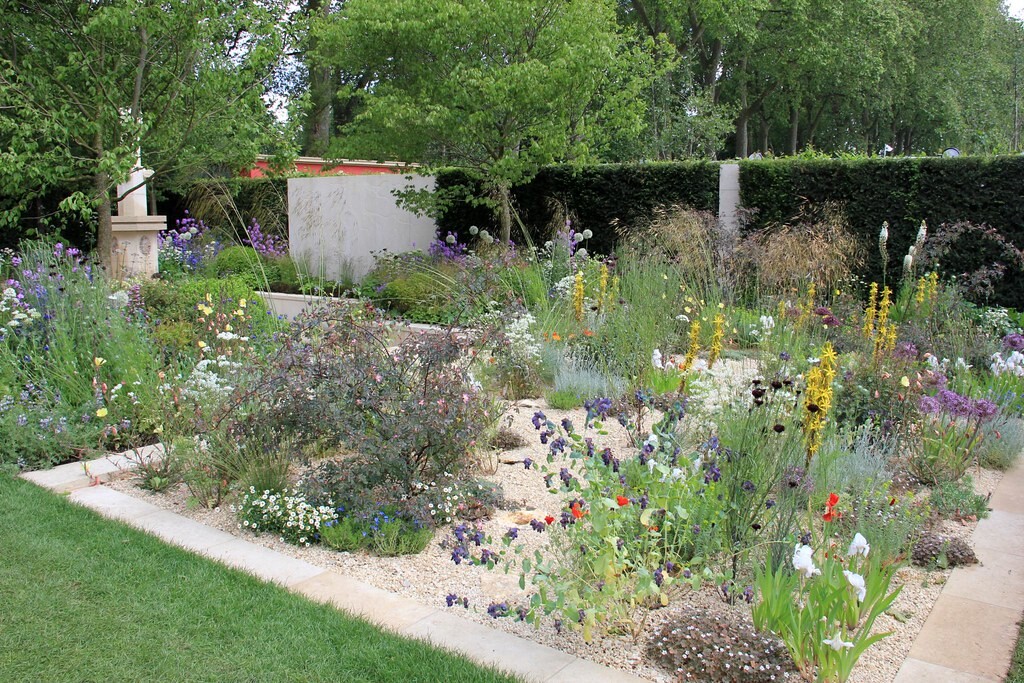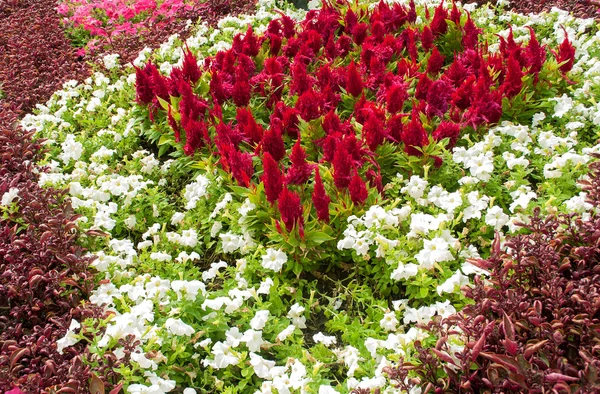When soil becomes compacted, even slightly, it can inhibit the flow of air, water and nutrients that support thicker, healthier turf growth. Even a thin layer of compacted soil (just 5-10mm) can affect the health and beauty of your lawn.
If you think your turf is compacted, maybe it looks stressed? Or is hard to the touch? Or do you have rain puddles in your lawn? do the screwdriver test. Simply use a regular screwdriver, insert it into your lawn by hand. If it doesn’t slide in fairly easily and it meets some resistance, your soil is likely to be compacted.
Why you should aerate your lawn?
- Aeration improves soil water uptake
- It helps the roots obtain more oxygen
- It helps fertilizer to penetrate into the turf
- It reduces water runoff and puddling on your lawn
- Aeration promotes stronger turf grass roots
- It helps to reduce soil compaction
- Aeration helps improve heat and drought stress tolerance
- It helps breakdown thatch
How to aerate your lawn.
Aerating is best done when your soil is damp, from either irrigation or rainfall the day before. Overly dry soil can be really tough; however, don’t aerate an overly wet lawn either.
There are three main type of equipment that can be used, from small manual pieces to larger tractor-like machines
Spike aerators. These simply poke a hole down into the soil with a solid spike. The easiest ones to use are aerator “sandals” which you strap to your shoe, and simply walk across your lawn. These are great for homeowners and small areas.
Slicing aerators. These have rotating blades that cut or slice through grass and thatch and down into soil. Like spike aerators, slicing aerators leave soil in the ground, but they create pathways for air, water and nutrients without causing more compaction.
Core or plug aerators. These are typically preferred by lawn professionals. They use rows of hollow spikes that remove plugs of soil from the turf and deposit them on top, where they break down. The size of the plugs and the holes they create vary in width and depth, depending on the machine used.
Many local gardening services can do the job for you, or you can rent equipment from your local hire shop. A lot like mowing, you work back and forth across your lawn, concentrating on problem areas, like pet runs.
We supply quality turf all year round. If you would like any further advice on seasonal lawn care or would like to talk to us about your order, please contact us on 01392 231040 or email sales@wesellturf.com
